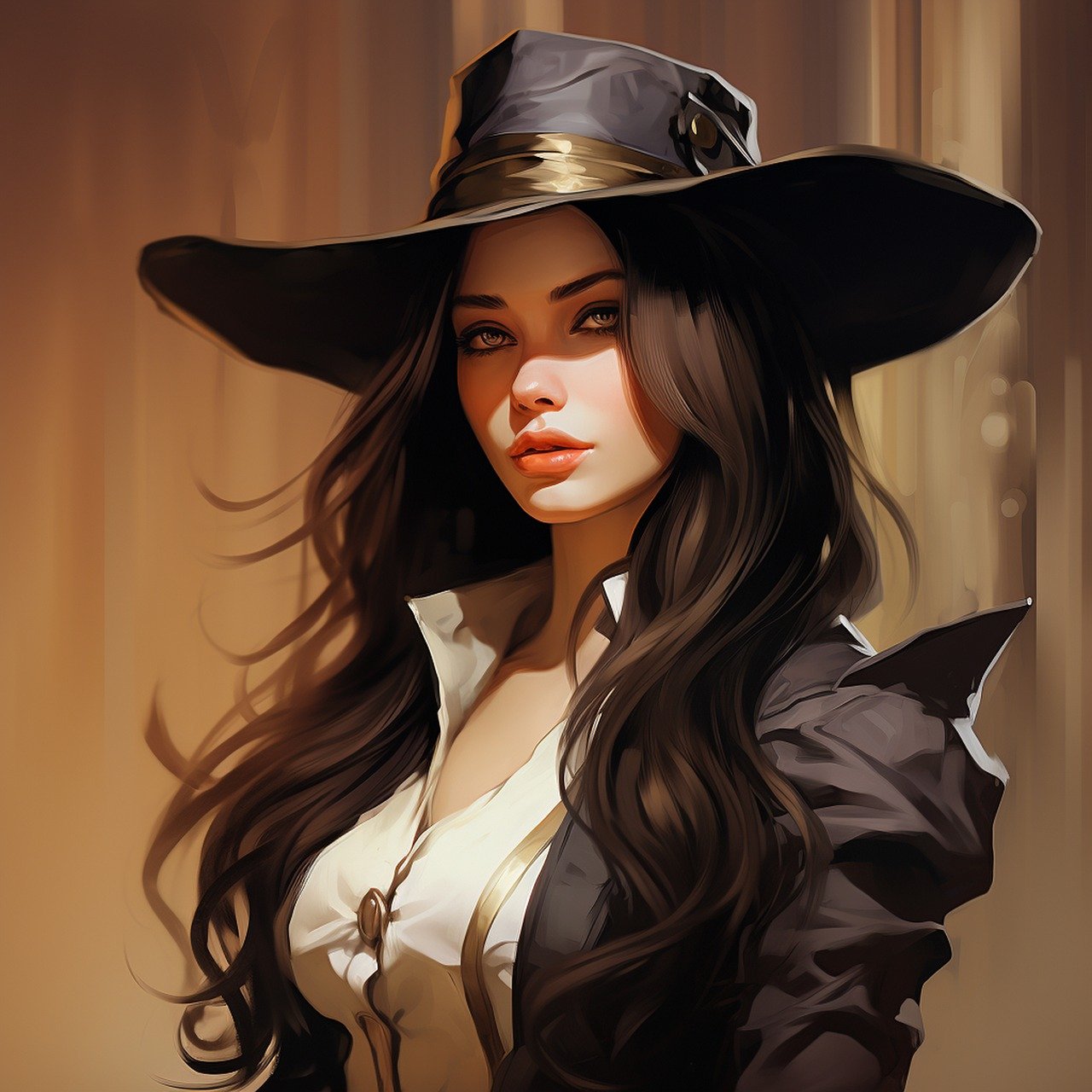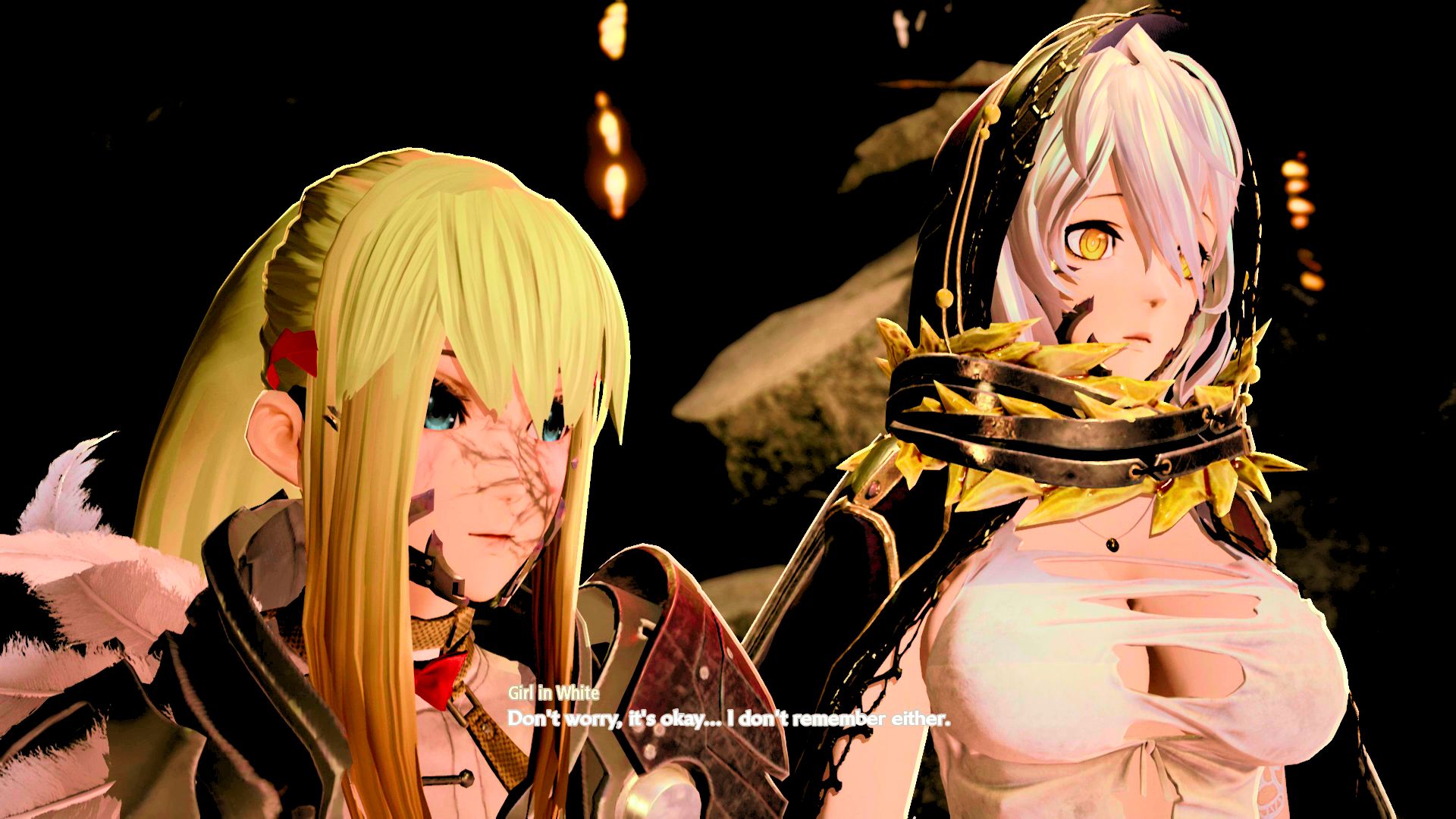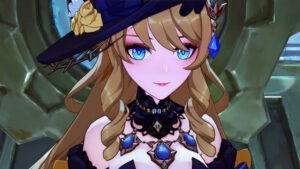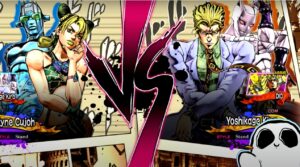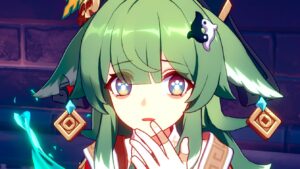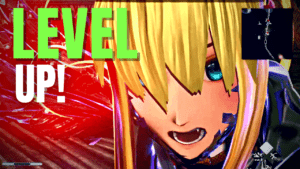What if I told you that the sexualization of women (and men) in video games might not be as negative as portrayed? Let’s explore why the sexualization of women (and men) in video games might not necessarily be negative.
Breaking Stereotypes about Sexualization in Video Games
When it comes to sexualization in video games, it’s not just about objectification, it’s about artistic representation as well. Video game characters’ clothing, exaggerated features, or suggestive behaviour emphasize their sexuality or attractiveness.
Many critics point out that games perpetuate stereotypes and prioritize appearance over character depth.
Game developers now have to balance artistic expression with commercial success. They are influenced by market trends and demand, which affect character portrayal and gameplay.
There’s a growing trend among developers to make characters that emphasize personality, depth, and context over superficial aspects.
Character designs are now becoming more realistic (and inclusive). It is often the case that characters are portrayed as powerful, charismatic, and confident, regardless of their gender.
However, it’s not clear whether the gaming community wants this type of diverse representation in games. Gamers are divided over character portrayal vs sexualization, depending on their likes and dislikes.
One thing seems to be clear though, players are now MORE critical of badly written characters.
Artistic Expression vs. Exploitation
In the gaming industry, sexualized characters are a surefire way to grab players. Video games have sexualized both male and female characters, with exaggerated features and skimpy outfits. The popular notion is that a particular view of beauty, masculinity, and femininity is being pushed.
But are these views of masculinity and femininity aligned with players’ real desires? … yes! It isn’t what is being pushed, it’s what is demanded by the players themselves.
If players are resonating with a character, it is because of real psychological (and biological) reasons, not just because it is the only style of characterization made available to the players.
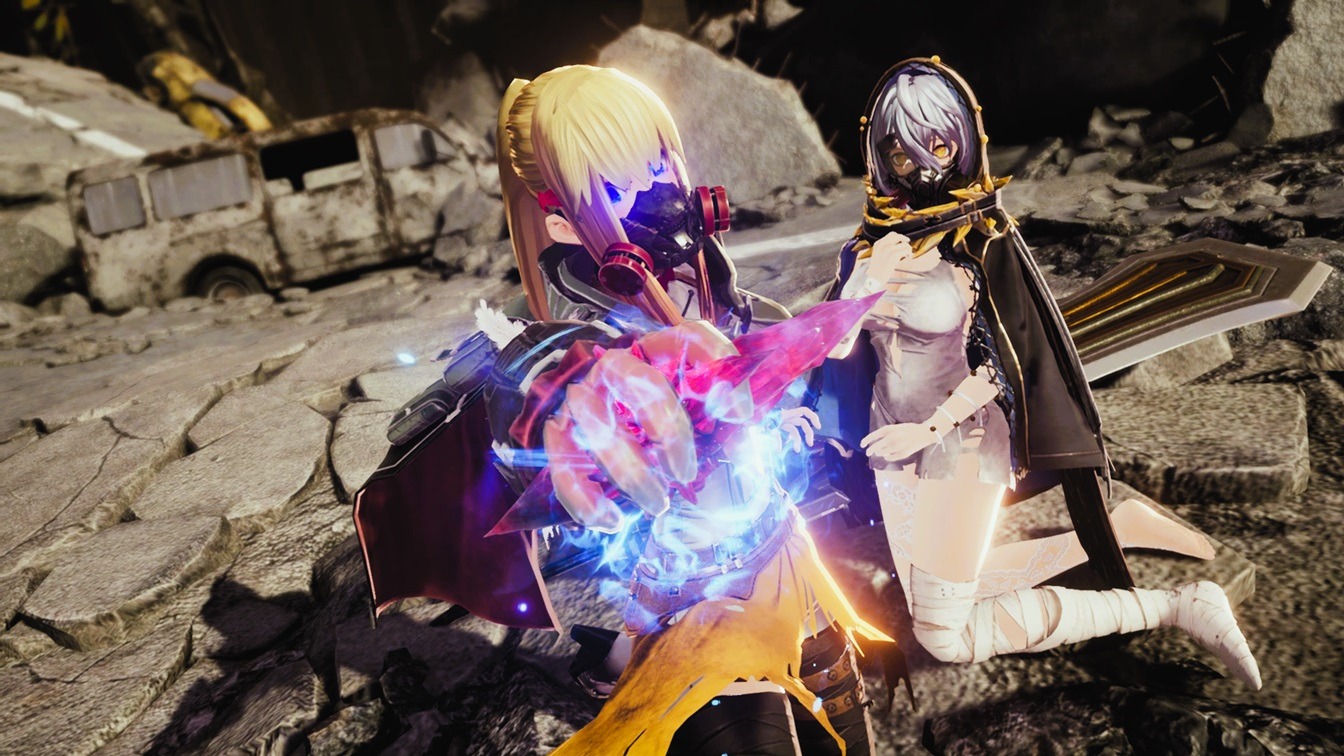
As the gaming industry is dominated by consumer demands, balancing market desires against ethical concerns can be challenging. Profit margins matter more than ethics, after all.
Yet, several games manage to balance creativity and respect without exploiting or sacrificing their characters’ attractiveness.
Games focused on character depth and narrative work better with sexualization as a storytelling tool.
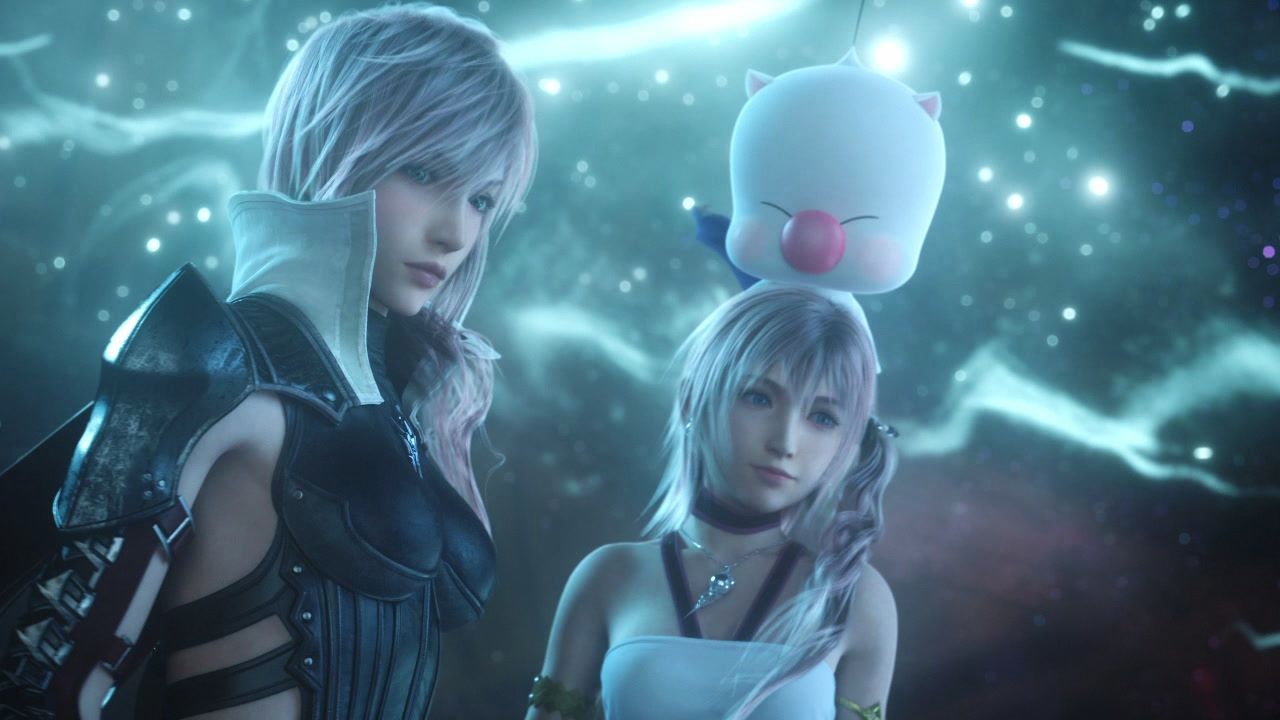
Female vs Male sexualization In Video Games
Besides physical appearance, sexualization in gaming also includes behaviours and roles that emphasize sexuality more than anything else. Female characters often get criticized for hyper-sexualization, but male characters do too.
Female characters who are sexually objectified can set unrealistic body standards and do affect players’ self-perceptions. Male characters, too, have their forms of sexualization, from hypermasculine to subtly suggestive.
There’s a double standard in the discourse when it comes to male sexualization in gaming, but it’s often overshadowed by the focus on female characters.
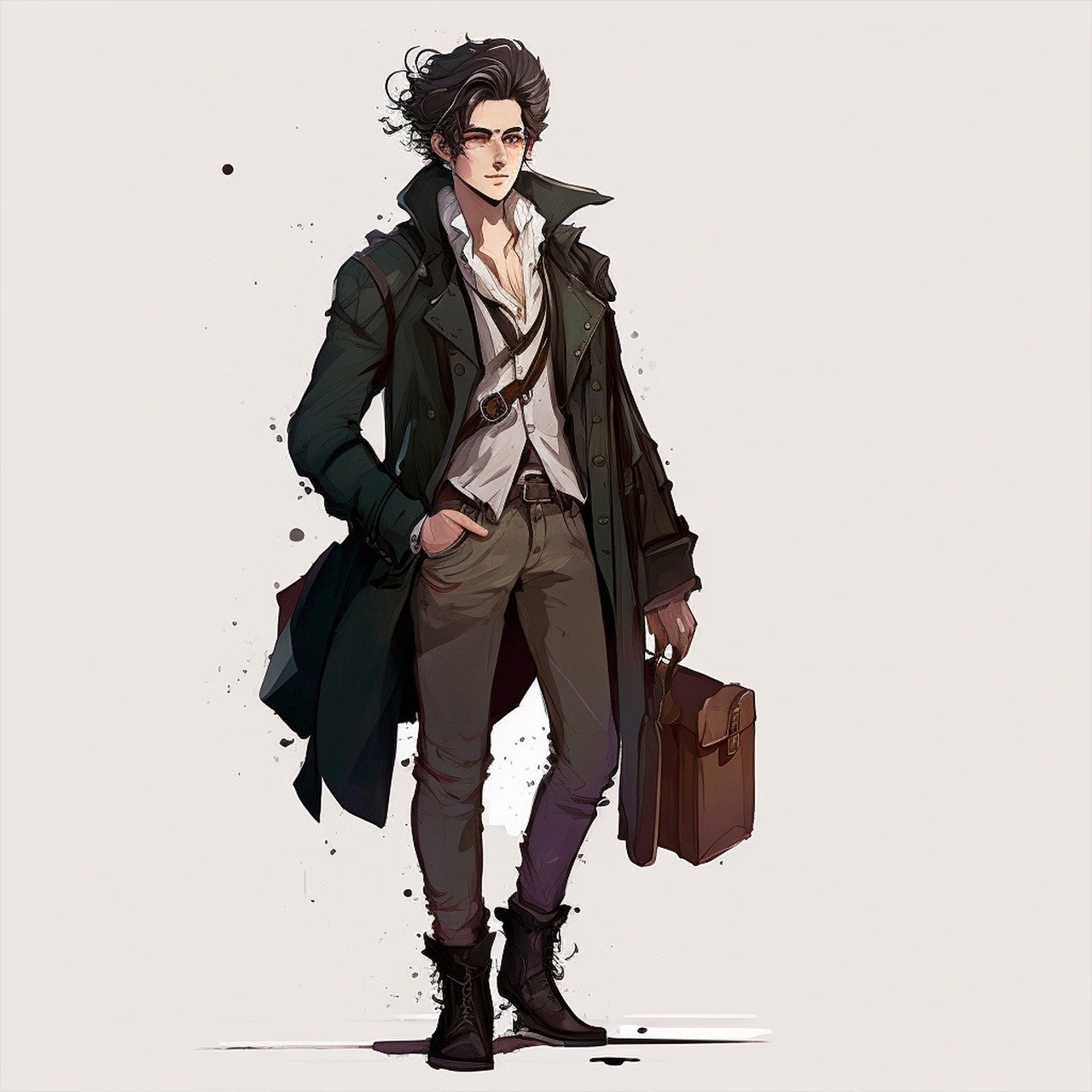
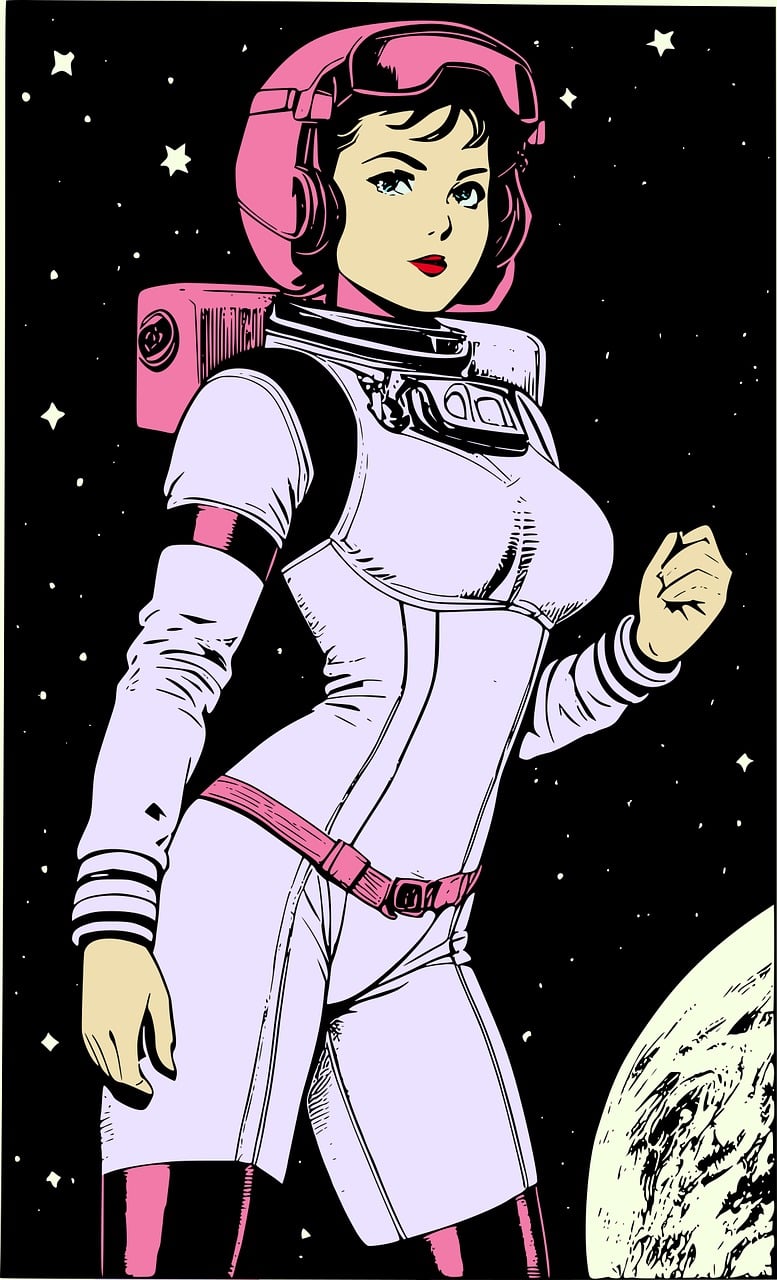
Understanding Player Psychology
Is it true that players desire these exaggerated forms? Do they want sexualized characters? Do these characters appeal to us due to a genuine connection with the characters or industry-imposed stereotypes?
A Players’ preferences are influenced by many factors, including their psychological state. Customization options allow players to control the appearance of their characters, letting them feel like THEY own their in-game representation.
Players do not necessarily mimic their actions from games. Rather, they relate to the narrative while distinguishing fantasy from reality, contrary to popular belief.
There are only a few places in the world when one can create a whole new self, exactly the way they want to. What they cannot be in real life, they can choose to be in a game. For many gamers, a great character customization system is very important to have in games.
Why Censorship Isn’t the Solution in Games
A censorship policy may alter or sanitize authentic elements, which could lose cultural, historical, or contextual context. Censorship can impede storytelling or dilute the intended experience.
Some country-specific censorship policies target Japanese or Chinese games for content like scantily clad anime girls, but let Western-developed games like Life is Strange 2 go uncensored (has some intimate scenes).
Censorship means you change or remove some content just to please a few people who aren’t even interested in it.
Several gamers enjoy certain forms of sexualization in games as a form of fantasy or entertainment.
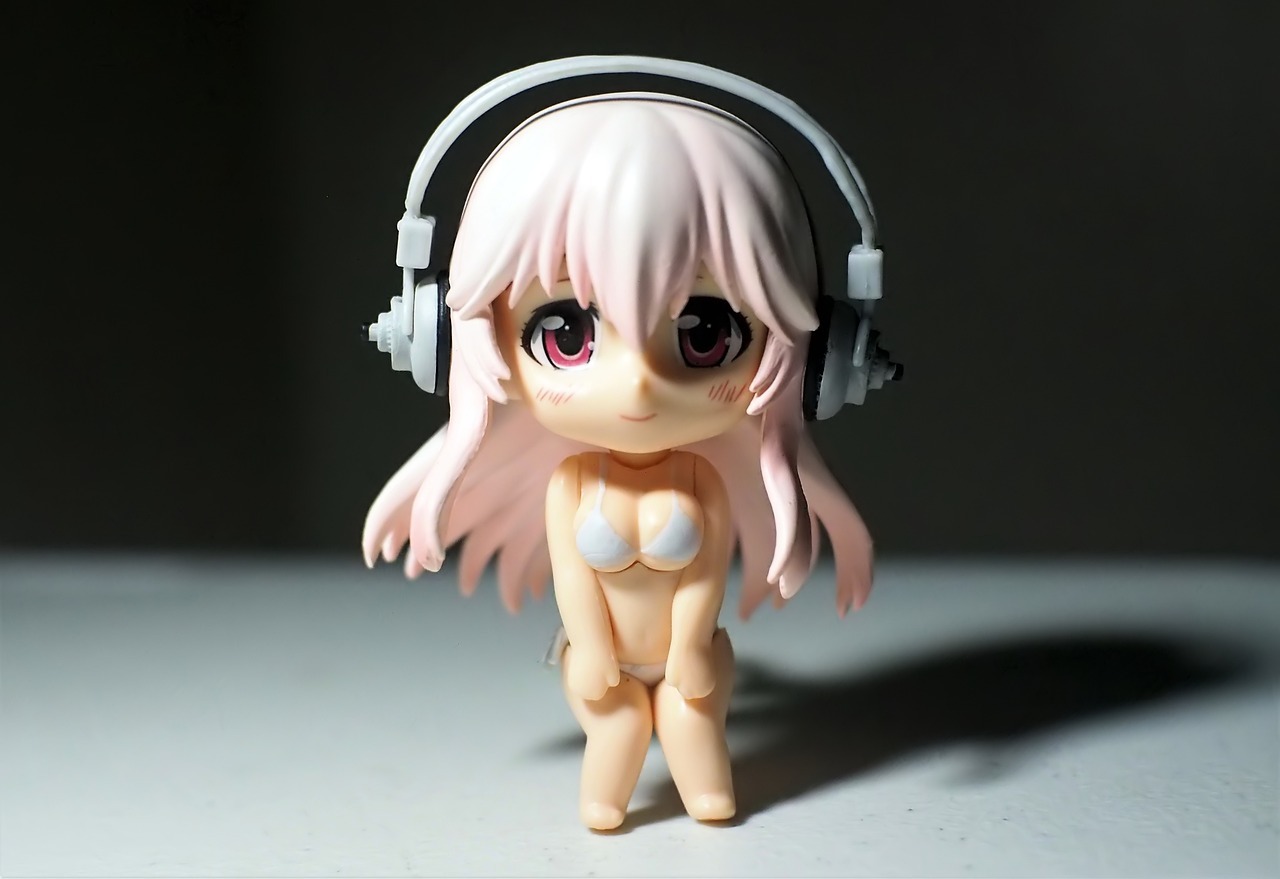
Changing the story because some parts “offend” people, or altering characters, etc. You feel like you paid for a game, but you didn’t get what you paid for.
Context is key when taking liberties
Context is important to understanding how video games portray their characters, especially sexualization.
A character’s sexualization in a game can either enhance their depth or emphasize them. When you do it right, characters’ attire, cultures, and personalities can make a real difference, instead of just being a gratuitous addition. This helps them tell their story.
Designs that resonate with a character’s background or serve a purpose in the narrative can reveal insights into their motivations or struggles.
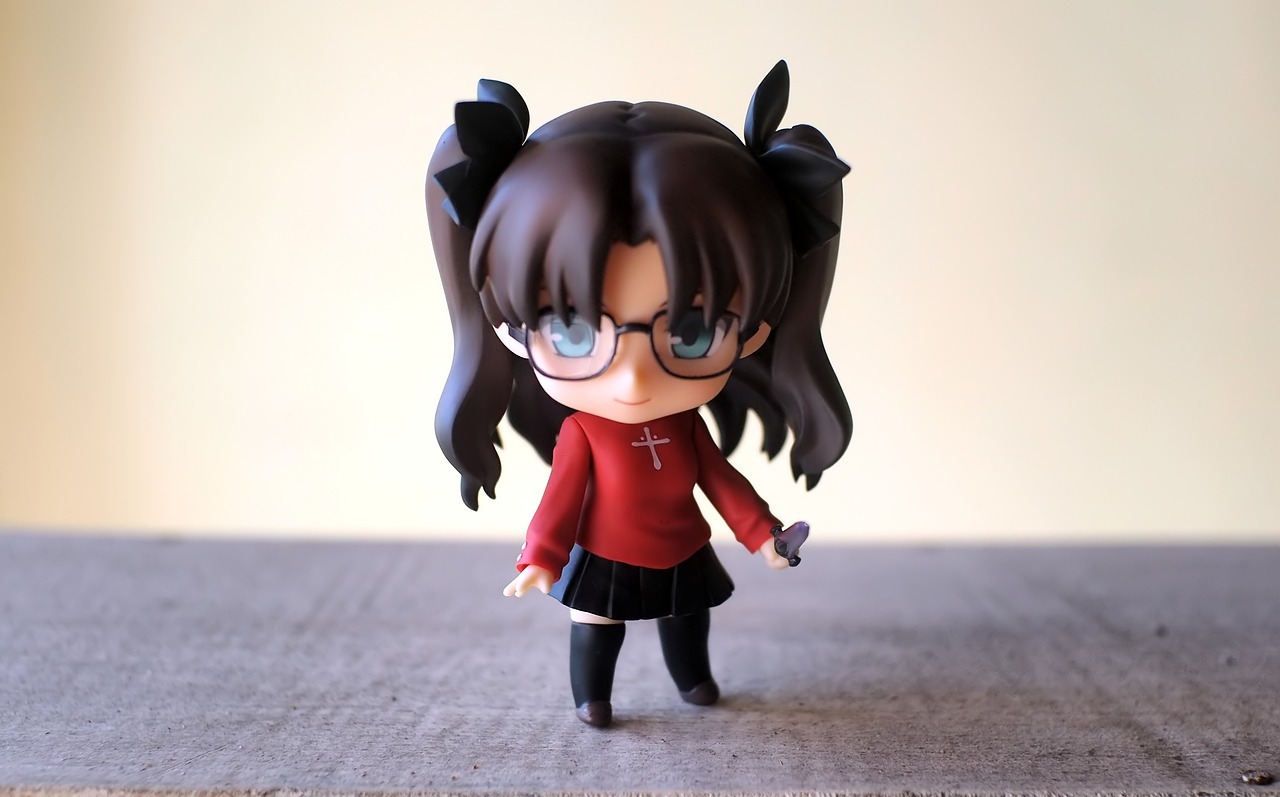
When sexualization lacks depth and logic in a story, it alienates sections of the gaming community. As a result, characters have shallow visual appeal, which obscures character complexity.
The analysis of every character’s presentation is critical to understanding sexualization in a game’s narrative without compromising authenticity or veering into objectification.
Character design can have a significant impact on young and impressionable audiences.
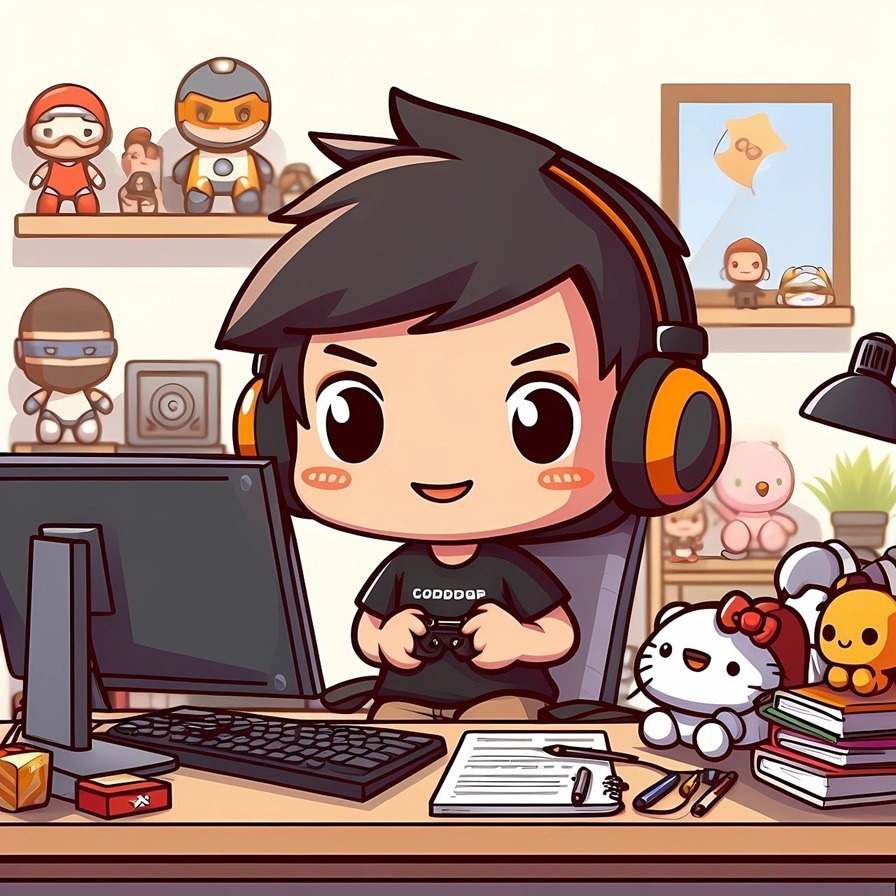
The debate over sexualisation in gaming needs nuanced understanding.
When integrated thoughtfully, sexualization can add depth to characters and storytelling, as well as develop characters. However, overusing it can make a character look superficial and unreal.
Game design that prioritizes a good narrative and character agency, makes games more inclusive and resonate with players.
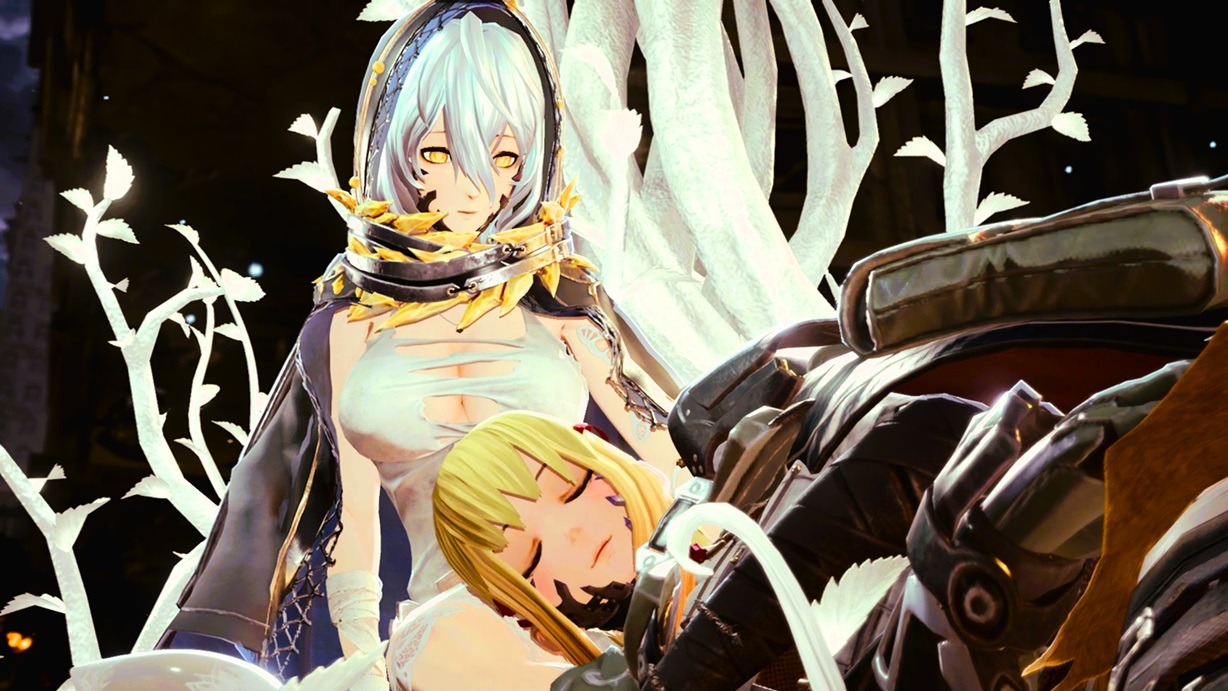
Remember, it’s not solely about what’s portrayed, but how it’s portrayed that truly matters.
Credits: Links to the Image sources in order of appearance
- Featured Anime girl: (Goth Anime Girl Gamer) Image by Flame_Fox_Games from Pixabay
- Breaking Stereotypes about Sexualization in Video Games: (AI Generated Cow Girl) Image by Hung Tran from Pixabay
- Artistic Expression vs. Exploitation: (Game Cutscene Screenshot) Lightning Returns: Final Fantasy XIII-2
- Female vs Male sexualization: (Male) Image by Kyra Starr from Pixabay, (Female) Image by Image by Olli Kutsas from Pixabay
- Why Censorship Isn’t the Solution in Games: (Anime Girl Toy) Image by Vinson Tan ( 楊 祖 武 ) from Pixabay
- Context is key when taking liberties: (Image of RIN) Image by Vinson Tan ( 楊 祖 武 ) from Pixabay
- (Chibi Gamer) Image by zs18384022951 from Pixabay
- Code Vein Cutscene Screenshot


